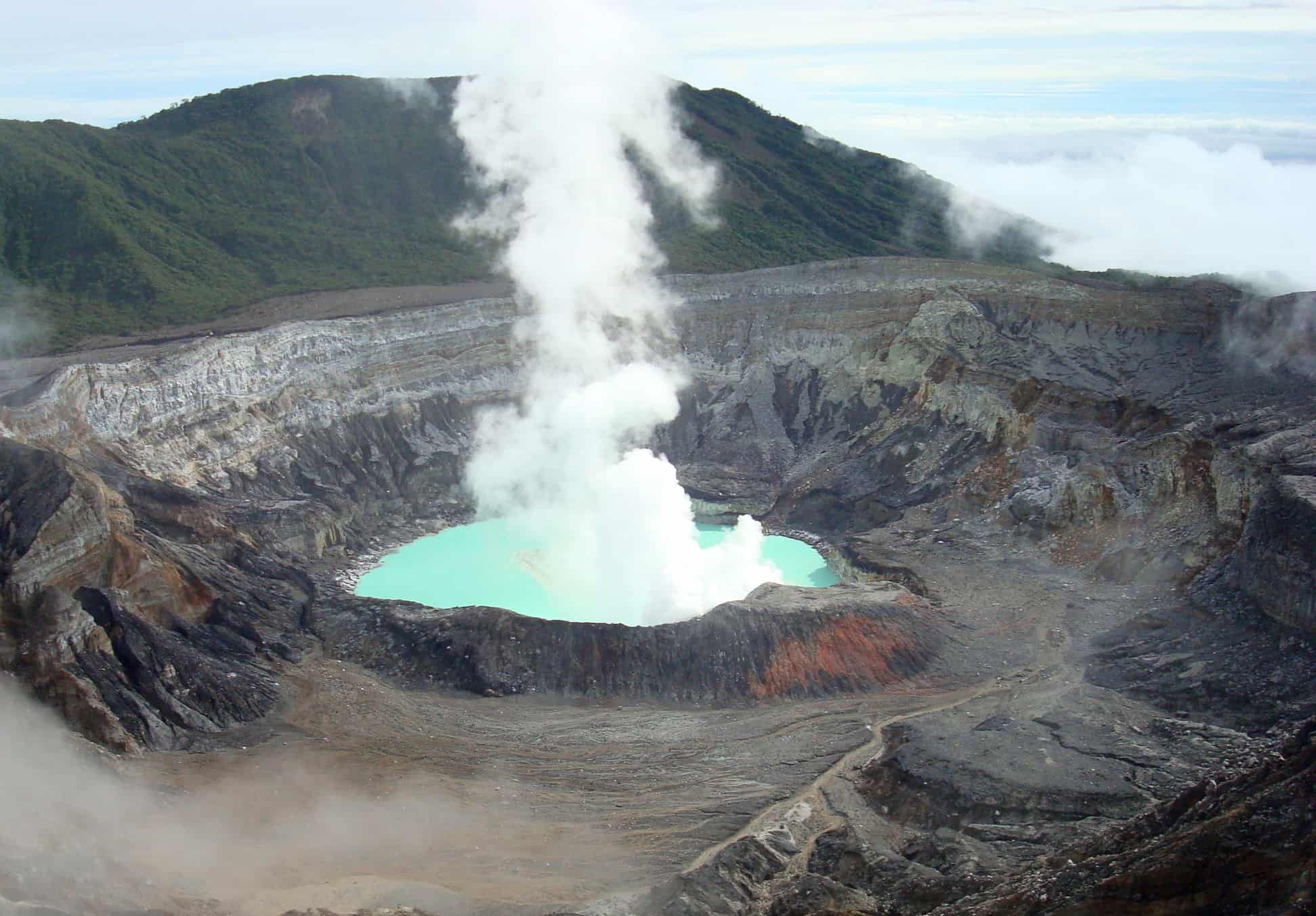The Directorate General of Civil Aviation reported that a code yellow has been issued due to ash from the Poás Volcano. The company indicates that there is a constant emanation of volcanic dust, due to the risk that this could cause in the operations of the Juan Santamaría International Airport.
These dust particles not only hinder crew visibility, they can also cause severe damage to flight controls and cause engine failure because they are abrasive. “The altitude reached by this ash is approximately 9,000 feet, and the movement is headed to the west,” said Luis Miranda, deputy director of Civil Aviation.
However, for the time being, operations are being carried out normally at the Juan Santamaria International Airport.
The deputy director of Civil Aviation insisted that the presence of the particles is not yet significant in the surroundings of the terminal, and therefore, it continues to operate. However, those responsible for each flight make the decisions they deem necessary.
“The ash has been reported as very light. The decision to approach Juan Santamaría is left to the discretion of the crews and the captains commanding the aircraft,” added Miranda.
According to Miranda, the current ash altitude would not seriously affect operations. However, conditions could change, and air operators could be forced to make changes to their flights if air routes are affected.
“AERIS is closely monitoring the situation in conjunction with Civil Aviation authorities and will provide updates as necessary to ensure the safety of all airport operations. Passengers are advised to stay in contact with their airlines for the most up-to-date information on their flights,” concluded the concerned terminal manager,” AERIS stated.
The Poas Volcano has been under constant monitoring, given its increment in activity. The National Emergency Commission declared a green alert in Alajuela, Poás, Grecia, Sarchí, Zarcero, and Naranjo due to the constant emission of gases and ashes from the volcano.
According to the Volcanological and Seismological Observatory of Costa Rica (Ovsicori), the network of seismographs and infrasound sensors continues to record signals associated with vigorous fumarolic degassing on the almost dry bottom of the active crater.






